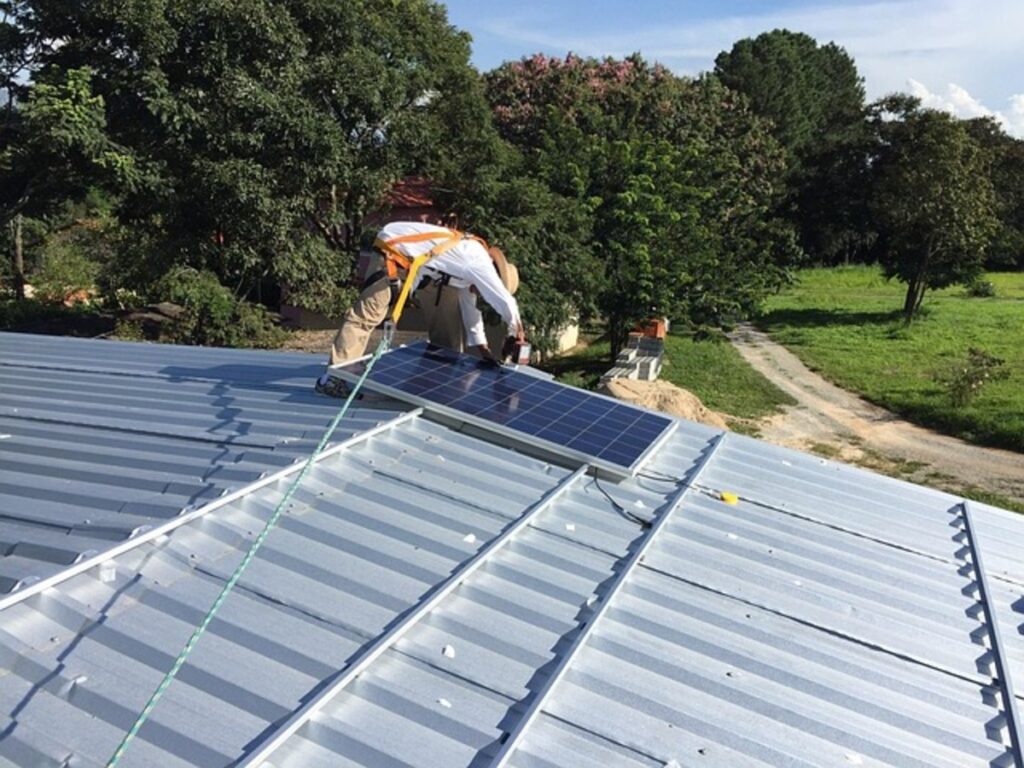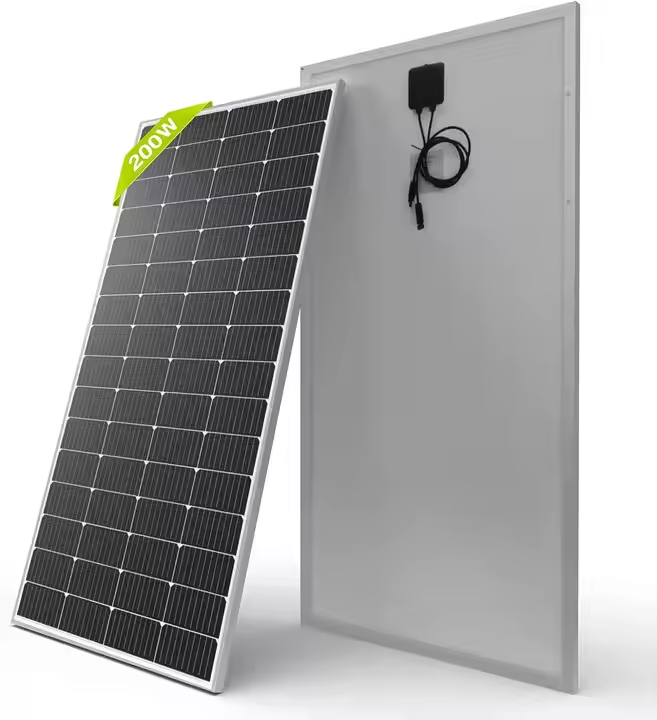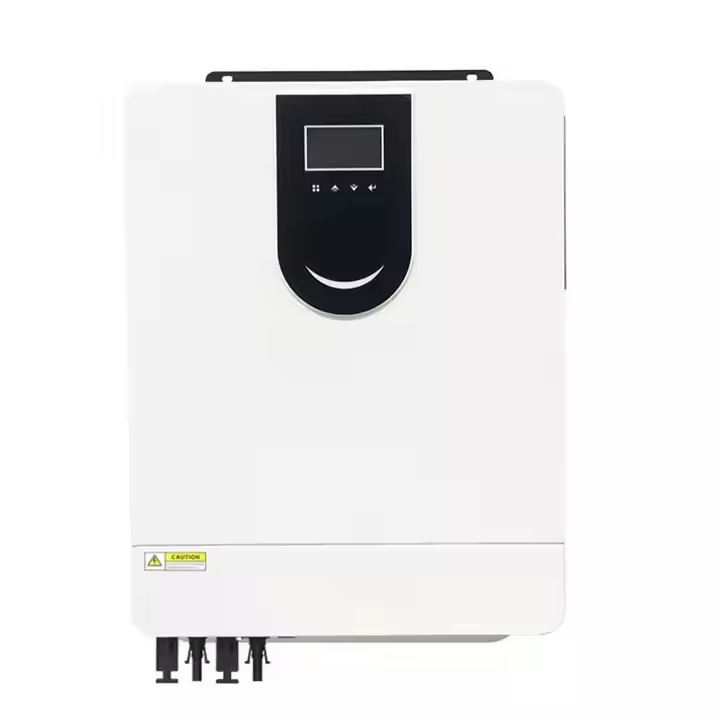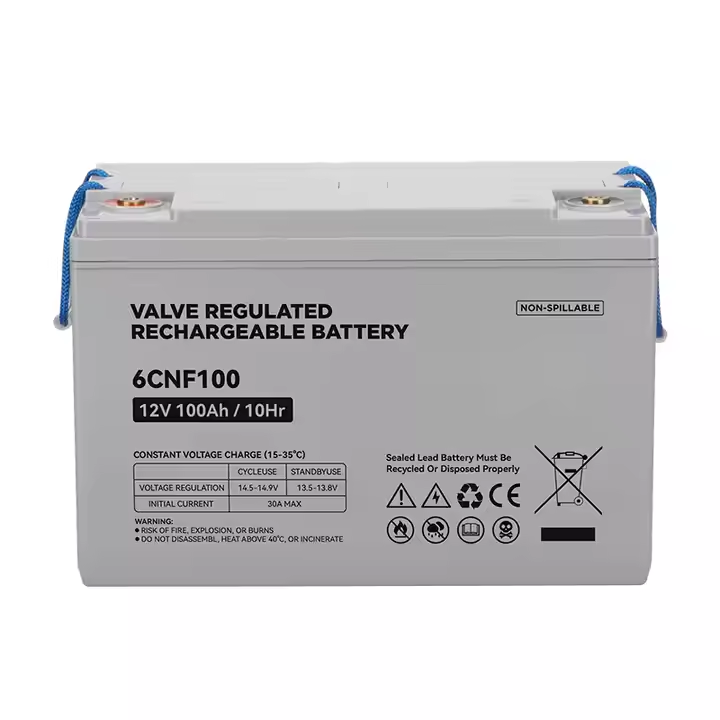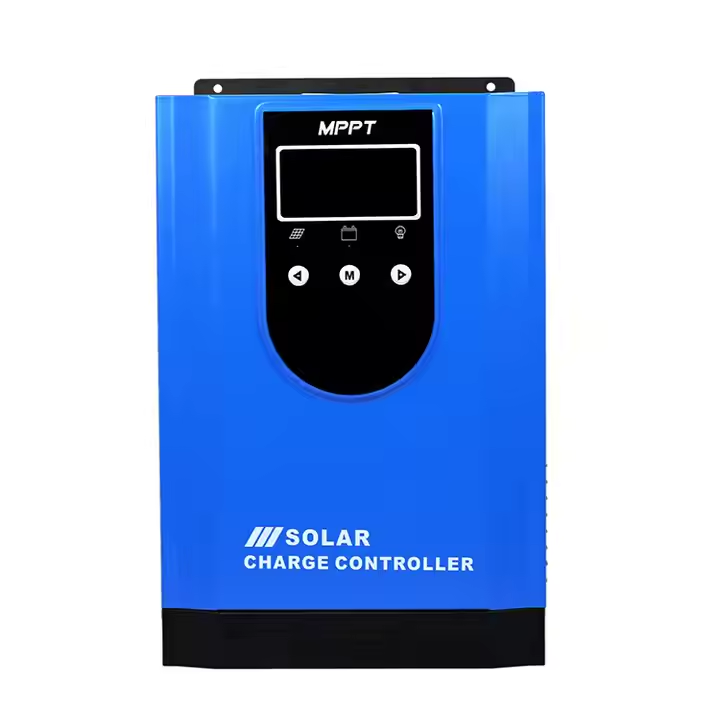I. Introduction
As energy costs rise and the drive for sustainability grows stronger, more homeowners are turning to solar power to achieve energy independence and reduce environmental impact. A reliable solar home use system not only offers long-term savings but also contributes to a greener future. This step-by-step guide walks you through the planning, design, installation, and maintenance required to build an efficient, reliable solar home system—empowering you to harness the sun’s energy effectively.
II. Planning Your Solar Home System
A. Assessing Your Energy Needs
Begin by reviewing your monthly electricity consumption using your utility bills to determine your average daily and monthly energy usage. Identify critical loads such as lighting, refrigeration, and essential appliances, and consider any potential future energy growth due to new devices or increased consumption.
B. Evaluating Local Solar Resources
Understanding the solar potential in your location is crucial. Gather local data on average sunlight hours and seasonal variations. Use online solar irradiance maps and calculators to estimate the energy yield you can expect from your area.
C. Budgeting and Financing
Outline your budget for the project by estimating both the initial investment costs and any recurring expenses. Investigate available government rebates, tax credits, and financing options—such as loans or solar leases—that can make your installation more affordable while maximizing your return on investment.
III. Designing Your Solar Home System
A. System Configuration Options
There are three main types of solar home systems:
Grid-Tied: Connects to the local utility grid, allowing for net metering and energy buyback.
Off-Grid: Operates independently from the grid, ideal for remote locations.
Hybrid Systems: Combines the benefits of both, incorporating battery storage for backup power when grid access is limited or unavailable.
B. Component Selection
A high-performance solar home system consists of several key components:
Solar Panels: Choose panels based on efficiency, durability, and warranty. Consider monocrystalline panels for their high efficiency.
2、Inverters: Decide whether you need a grid-tied, off-grid, or hybrid inverter based on your system configuration.
3、Battery Storage:Select batteries that match your energy needs—lithium-ion batteries are popular for their efficiency and longevity.
4、Solar Charge Controllers:
Control the charging process of your batteries. Options include PWM controllers for simpler setups and MPPT controllers for improved efficiency in larger or variable conditions.
5、Mounting Structures and Accessories: Choose quality mounting systems and proper wiring that will withstand local environmental conditions.
C. System Sizing and Layout
Calculate your system’s total wattage needs based on your energy consumption data and available roof or ground space. Determine the number of panels and total battery capacity required, ensuring that each component is appropriately sized to work together efficiently.
IV. Installation Process
A. Pre-Installation Considerations
Conduct a thorough site survey, ideally with the help of a professional, to:
Evaluate your roof’s orientation, tilt, and structural integrity.
Identify any shading issues or obstacles.
Obtain all necessary permits and understand local installation regulations.
B. Step-by-Step Installation Procedure
Mounting the Solar Panels:
Secure the panels on your roof or on the ground using quality mounting hardware. Ensure optimal tilt and orientation to maximize sun exposure.Wiring and Electrical Connections:
Carefully wire the solar panels to the charge controller and battery bank, ensuring correct polarity and secure connections. Avoid loose or corroded wiring to maintain system efficiency.System Integration:
Connect the solar charge controller with the inverter and battery storage. Ensure that all components communicate properly, which may involve setting up monitoring tools or configuring programmable settings.Testing and Commissioning:
Perform comprehensive tests on your system. Check voltage levels, battery charge status, and inverter output to ensure that everything operates as intended. Adjust settings as needed, and document the initial performance metrics for future reference.
V. Maintenance and Troubleshooting
A. Routine Maintenance Practices
Regular maintenance is essential to preserve system efficiency:
Cleaning Panels: Keep solar panels free of dust, debris, and bird droppings to maintain peak performance.
Inspecting Wiring: Periodically check all connections for signs of wear, corrosion, or loosening.
Monitoring System Performance: Use integrated monitoring tools to track energy production and battery status on a regular basis.
B. Troubleshooting Common Issues
Develop a systematic approach for identifying and resolving issues:
Low Energy Output: Verify that shading or dirt is not reducing panel efficiency.
Connection Faults: Ensure all wiring remains secure and that settings on the charge controller and inverter are correctly configured.
System Alerts: Utilize remote monitoring data to identify performance anomalies early on and address them promptly.
VI. Real-World Examples and Case Studies
A. Residential Installations
Consider a case study of a high-temperature region where a homeowner installed a system that significantly reduced reliance on grid power. By accurately sizing the system and carefully integrating premium components, the homeowner realized a 20% increase in daily energy harvest and substantial cost savings.
B. Community Projects
In a semi-arid community project, system designers optimized the placement of panels and fine-tuned control settings, leading to a stable, uninterrupted power supply during prolonged cloudy periods. The collaborative project demonstrated that well-planned solar home systems can not only reduce energy costs but also bolster community resilience.
C. Key Takeaways
These examples underscore the importance of thorough planning, precision in system design, and regular maintenance. They reveal that understanding your energy needs and correctly integrating system components is the key to building a reliable solar home use system.
VII. Conclusion
Building a reliable solar home use system is both an investment in future energy independence and a commitment to sustainability. By carefully assessing your energy needs, designing a system that matches those requirements, and following a detailed installation and maintenance process, you can achieve significant long-term benefits. With clear planning, professional guidance, and ongoing care, your solar system can deliver consistent, efficient power that not only lowers utility costs but also contributes to a greener, more sustainable future.
VIII. Frequently Asked Questions (FAQs)
How do I determine the correct system size for my home?
Review your energy consumption data, and use online calculators or professional assessments to calculate the required wattage and battery capacity.What’s the difference between grid-tied, off-grid, and hybrid systems?
Grid-tied systems connect to your local utility, off-grid systems operate independently, and hybrid systems combine on-grid and off-grid functionalities with battery backup.How often should I maintain my solar home system?
Regular maintenance, such as monthly panel cleaning and quarterly wiring inspections, is recommended, with annual professional reviews to ensure optimal performance.Do I need a professional to install my system?
While DIY installation is possible for those with technical skills, professional installation is advised to ensure safety, compliance with local regulations, and optimal system performance.

